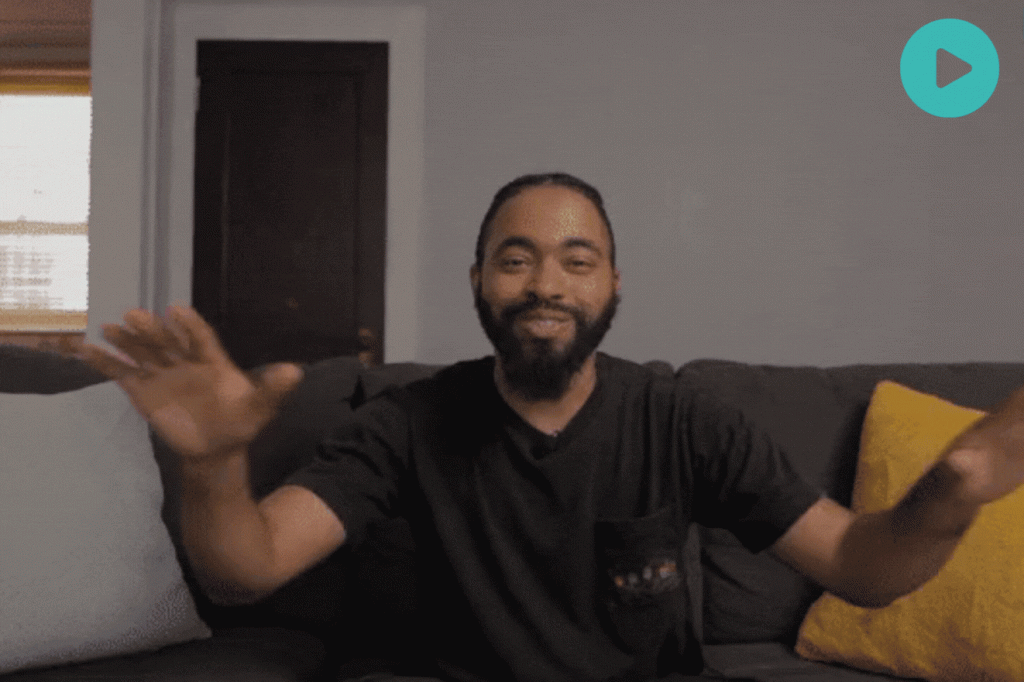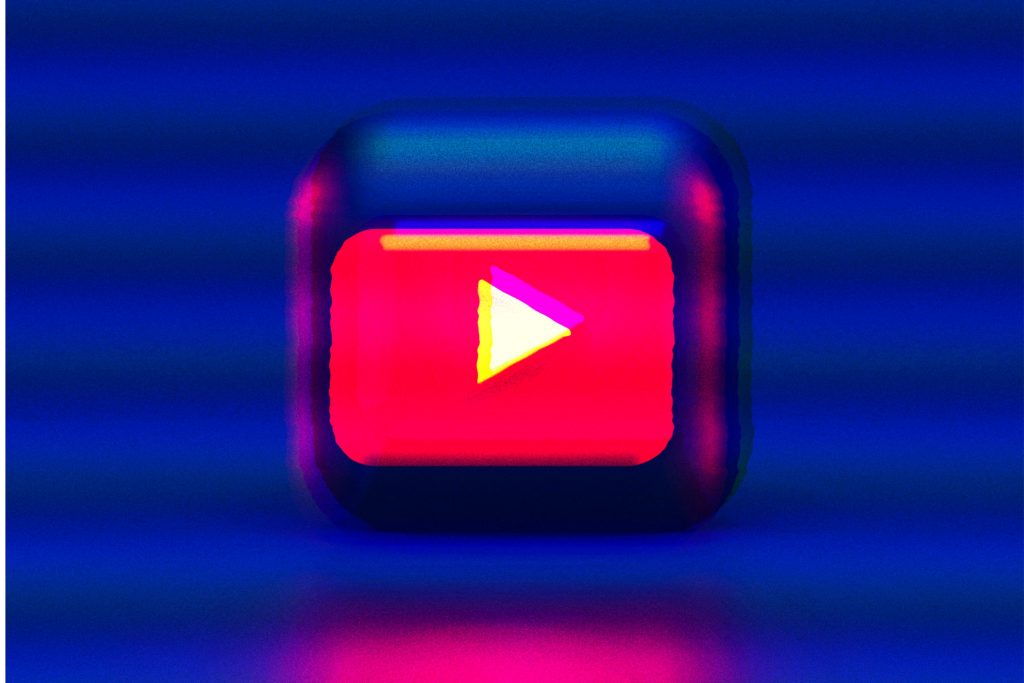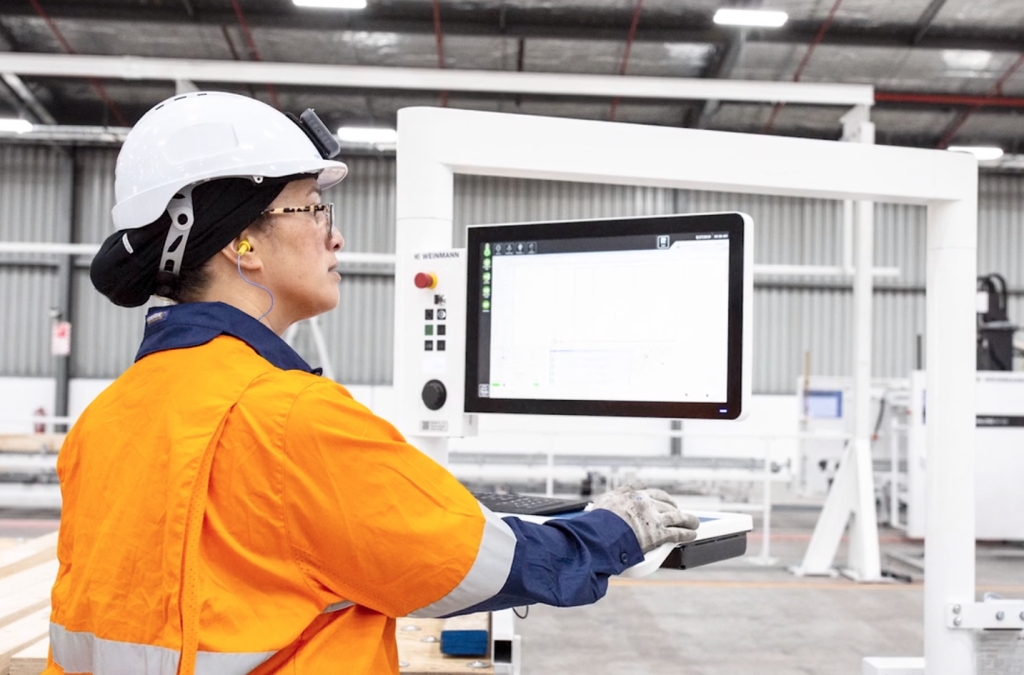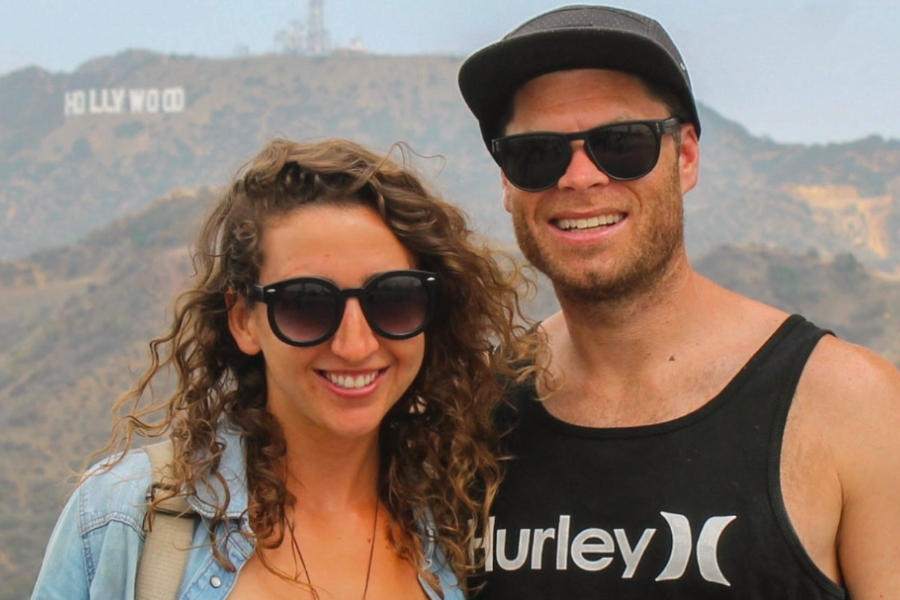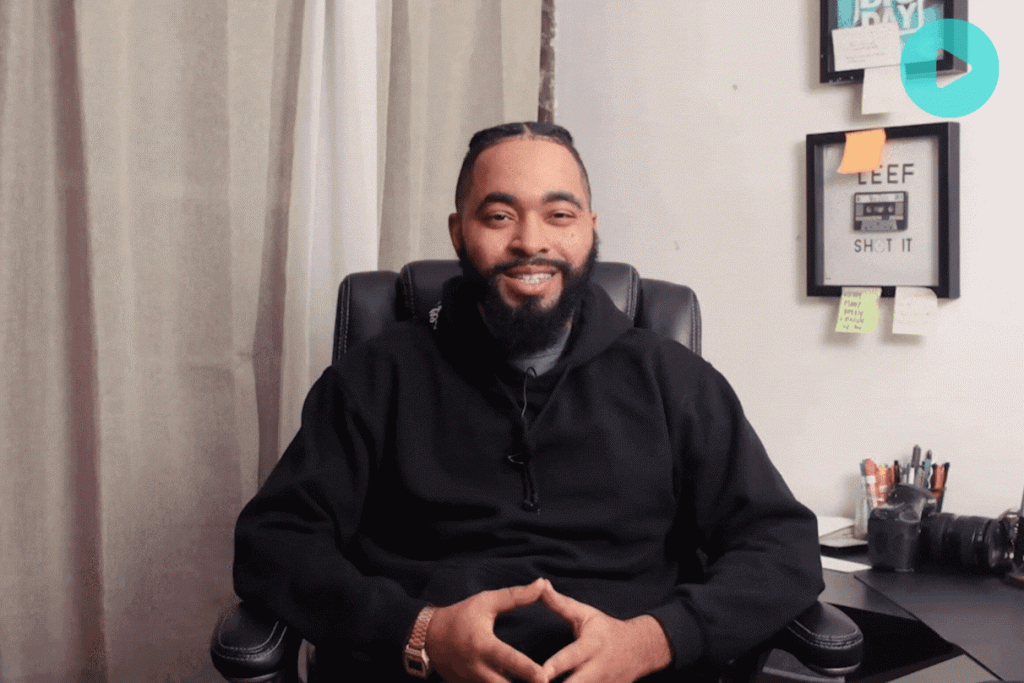If you need a step-by-step guide on how to shoot a video interview, you’ve come to the right place. Shooting an interview video can be a straightforward and effective way to produce video content for your brand. Whether you’re capturing customer testimonials or spotlighting employees for an employer brand series — here’s a list of tips to help you understand how to shoot a video interview:
We collaborated with a true expert, Film Director Leef Parks to share his best tips on how to film a video interview:
And for more details on how to film a video interview, check out our checklist for each part of the process:
PRE-INTERVIEW
Research your subject
Google ‘em! If this is your first time meeting them, make sure you know what they look like so you can easily greet them and immediately make them feel at ease.
Send your subject the questions beforehand
Doing this (at least the night before!) will give them time to be mentally prepared for your questions… which will make for better, more thoughtful answers.
Make sure your camera and all equipment are fully charged
Pack extra batteries (and your battery chargers) and memory cards.
Bring a bottle of water for your subject
This will help with nervous dry mouth AND it’s a nice gesture to start the interview off with.
SETTING UP THE INTERVIEW SHOT
Keep the rule of thirds in mind and position your subject either left or right of center.
If you’re shooting multiple interviews, make sure to switch up how each subject is positioned to keep your video visually interesting
Use an external mic
Either shotgun, boom, or lapel. Your internal camera mic won’t always cut it for recording perfectly clear audio.
Establish an eye line
Will the subject be looking at the interviewer off-camera or speaking directly to the camera? If looking at the interviewer, ensure that the interviewer sits just to the right or the left of the camera and maintains good eye contact with the subject.
Get important info recorded on camera
Before the interview starts, have the interviewees state and spell their names and their job title (if relevant) when recording. This will help the editor when creating lower-third titles (i.e. “Olivia James, Senior Vice President” text on screen)

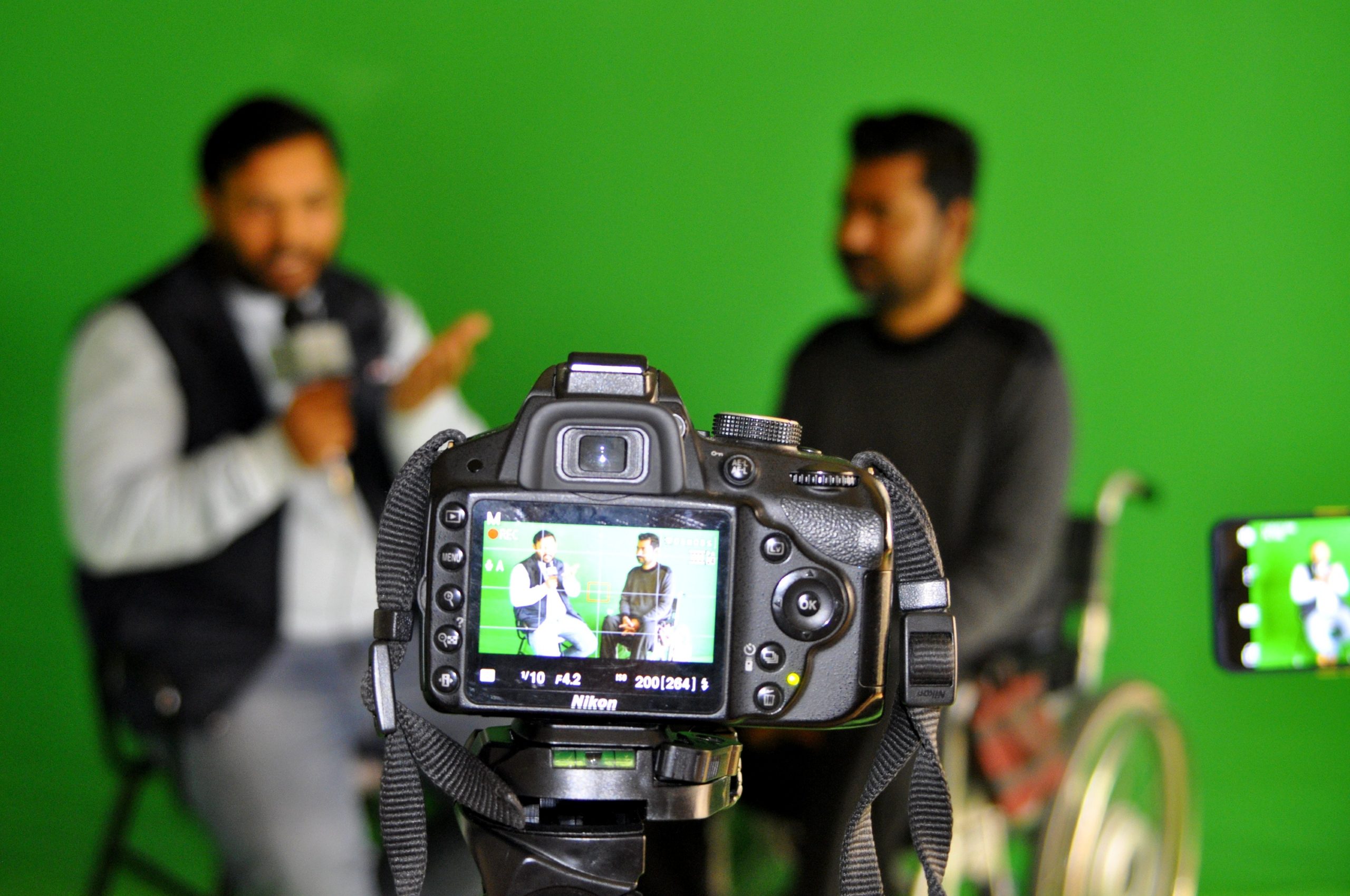

DURING THE INTERVIEW
Start with easy questions first
This will get your subject comfortable.
This will create a safe environment and allow the interviewee to start feeling good in front of the camera and get into the groove of the interview.
Vary the framing of your shot
Every few questions, pause and change between a wider shot (showing your subject’s full body or waist-up, on-screen) mid-length length (chest and up), or a close-up (neck and up) to keep things visually interesting. A good close-up can add intimacy and drama as well if asking particularly hard-hitting or personal questions.
If you’re asking the questions, stay engaged!
Resist the urge to interrupt
Even the normal conversational responses of “Mhmmm” and “Yes, right…” aren’t good for the video, so stay silent while the question is being answered. Remember to nod and smile.
Ask your subject to re-state the question in their answer
For example: “What’s your favorite color?” should be answered with “My favorite color is purple” not “Purple”.
Ask open-ended questions
Avoid boring “yes” or “no” answers by asking “Why?” and “How?”. For example: “What do you enjoy most about working with EditMate?” is a better question than “Do you enjoy working with EditMate?”.
Ask for more
After you’ve asked all of your questions, ask your subject if there is anything they would like to add. Often, they will have an interesting opinion or anecdote you may not have thought to inquire about. As the vibe gets more casual at this point, the interviewee often relaxes more and some of the best material can come from this.
Capture Candid Moments
Keep the camera rolling between questions and before and after the interview formally begins. You may catch some candid moments that will make for perfect b-roll.
AFTER THE INTERVIEW IS OVER
Record Room Noise
Record 1 minute of “natural room noise” (without anyone talking). This is important for covering up edit points and enabling your editor to remove pesky background noise during post-production.
Film Relevant B-Roll After the Interview
After the interview is over, you’ll know what the subject mentioned that you need to be sure to capture b-roll of. For example, if you’re filming them at their house and they mention their kids, you can go around and get b-roll shots of family photos that include their children.
Need some interview video inspiration? Check out these EditMate projects below to see how other businesses are shooting interviews to create all kinds of video content:
Club Sandwich Project incorporated a video interview with a recipe video. Here’s the teaser!
The Instillery created a case study video where the interview highlighted both their own brand and Eat My Lunch‘s brand.
EditMate helps businesses all around the world produce interview videos. Contact Us to learn how we can help you.


